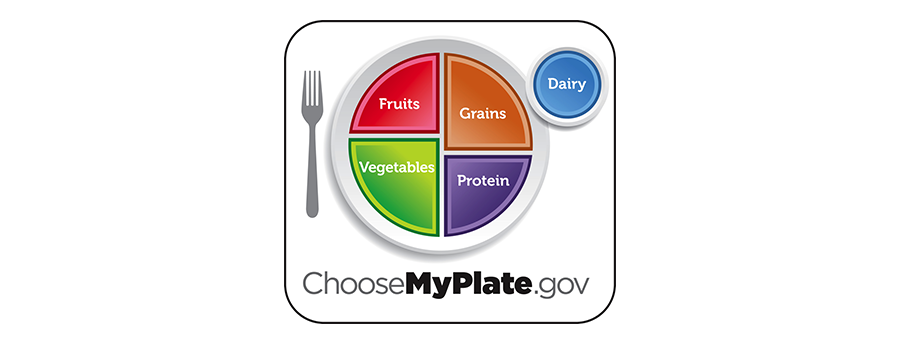If you’re looking to the government for healthy eating recommendations, I suggest you take it with a grain of salt. Their recommendations have changed numerous times over the years. What is considered healthy today may be taboo tomorrow. Forward-thinking food marketers may be better off going with their gut, rather than following the government’s guidance. Marketing healthy food has become intuition and not government enforced.
The definition of healthy eating is anything but black and white. The USDA has changed its definition of a well-balanced diet, and it’s marketing strategy several times over the last 70 years.
In 1943 the USDA introduced a nutrition guide promoting the “Basic 7” food groups to help maintain nutritional standards under wartime food rationing. The Basic 7 food groups were:
- Green and yellow vegetables
- Oranges, tomatoes, grapefruit
- Potatoes and other vegetables and fruits
- Milk and milk products
- Meat, poultry, fish, or eggs
- Bread, flour, and cereals
- Butter and fortified margarine (Butter was a food group?!)
In the years that followed, many other guides were issued with contradictory advice. Because of the confusion the USDA released an updated guide in 1956 with added serving size suggestions and four revised food groups: Vegetables and Fruits, Milk, Meat, Cereals and breads.
That brings us to 1992—the year the USDA launched the popular Food Pyramid graphic in schools. A generation of children grew up with adjusted serving size suggestions and five new food groups: Grains, Fruits, Vegetables, Dairy, and Protein.
According to an article in The Huffington Post, the food pyramid was surrounded with controversy from day 1. Nutritional experts did not believe the latest research on dietetics. They argued that serving sizes allowed under the pyramid were linked to heart disease, and that it encouraged people to eat too many grains.
Nevertheless, the pyramid stayed standing, and in 2005 is got a long-awaited renovation. MyPyramid was meant to address the serving size issues, and make it easier to teach to consumers.
However, its days were also numbered. In 2011, the food pyramid was torn down and replaced with MyPlate, and a national “choose my plate” advertising campaign. Something that those marketing healthy food have to be weary of.
Dr. Margo Wootan of the Center for Science In The Public says that, “the new food plate image reflects the 2010 Dietary Guidelines for Americans, which promote measures like switching to fat-free or low-fat milk and opting for water over sugary drinks. The guidelines also recommend making sure that half your plate is filled with fruits and veggies — one of the major points highlighted by the new graphic.”
I personally like the MyPlate design. It’s a clean, simple image that’s easy to understand, especially for schoolchildren. But as we’ve seen far too often with the USDA, the table is set for more changes. With all of the information that’s out there, I wouldn’t be surprised if consumers don’t take the recommendations seriously, and as a food marketer, neither should you. Marketing healthy food should be clean and simple.

